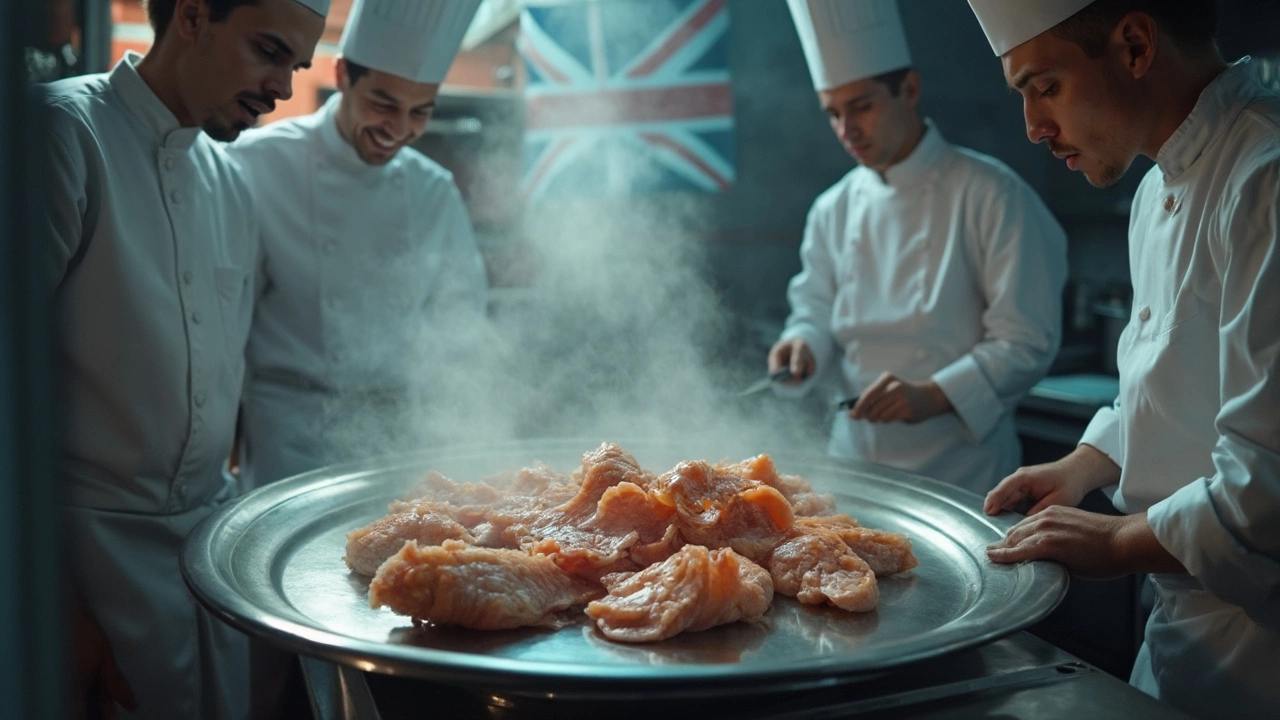Dangerous Foods: Spot Risks, Store Safely, Stay Healthy
Ever opened your fridge and wondered if that leftover could make you sick? You’re not alone. Some foods hide real danger if you don’t handle them right. Below we break down the biggest culprits and give you simple steps to keep your meals safe.
Common Hazardous Foods
First, know which foods tend to cause trouble. Raw poultry, ground beef, and seafood are top offenders because bacteria grow fast in them. Unpasteurised dairy, like raw milk or soft cheese, can also carry harmful germs. Then there’s the humble home‑fries – if they sit in a warm bowl for too long, they become a breeding ground for staph. Even canned goods can be risky if the lids bulge or the seal is broken; that’s a sign of botulism.
Everything else isn’t automatically safe. Cooked rice left at room temperature for more than two hours can develop Bacillus cereus, leading to nausea. Cut fruits, especially melons, release juices that attract microbes, so they should be refrigerated quickly. And don’t forget about the slow cooker: leaving it on overnight with raw meat can create a low‑temperature zone where bacteria thrive.
Practical Safety Tips
Now that you know the villains, here’s how to beat them. Keep your fridge at 4°C (40°F) or below and your freezer at -18°C (0°F). Store raw meat on the bottom shelf to stop drips from contaminating other foods. Use a food thermometer – 75°C (165°F) for poultry, 63°C (145°F) for whole cuts of beef, and 63°C for fish. If you don’t have a thermometer, make sure the juices run clear and no pink remains.
When reheating leftovers, heat them all the way through; a quick microwave zap isn’t enough if the heat doesn’t reach the centre. For rice, cool it fast by spreading it on a tray before refrigerating, and eat it within one day. If you’re using a slow cooker, start with hot water or pre‑boil meat to keep the temperature above the danger zone.Don’t forget personal hygiene. Wash hands with soap for at least 20 seconds before and after handling food. Clean cutting boards, knives, and countertops with hot, soapy water after each use, especially after raw meat.
Finally, trust your senses. If something smells sour, looks discoloured, or feels slimy, toss it. Food that looks and smells fine can still be unsafe, but a bad odor is a clear warning sign.
By keeping these habits in your kitchen routine, you’ll cut down the risk of food‑borne illness and enjoy meals without worry. Stay aware, store right, and cook smart – it’s that easy to keep dangerous foods at bay.

Most Feared Dish: Exploring Fugu and Deadliest Foods Worldwide
Delve into the world's scariest dishes, from fugu fish to deadly delicacies. Discover why these foods terrify chefs and diners, plus safety tips.
More Detail